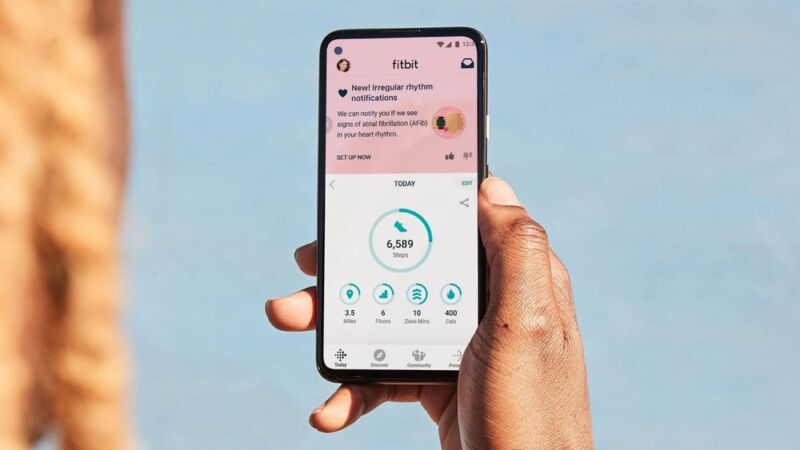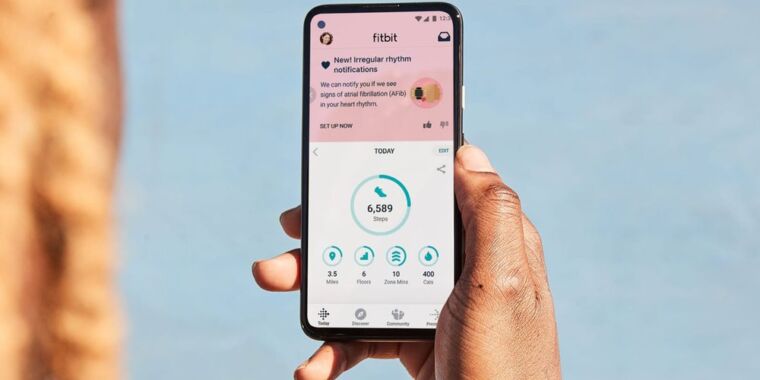
Google-owned wearable brand Fitbit announced Monday that it will soon introduce a new feature for detecting atrial fibrillation on its devices.
According to a blog post from Google, Fitbit has received approval from the US Food and Drug Administration (FDA), paving the way for the feature to be implemented on Fitbit wearables in the near future.
Google cites data from a global disease study to state that atrial fibrillation affects approximately 33.5 million people worldwide. Citing another study, it claims that those who suffer from atrial fibrillation are five times more likely to have a stroke than others.
While Fitbit devices previously allowed users to initiate a test for atrial fibrillation, this new feature would continuously monitor users for signs, greatly increasing the chances of recognizing a health event.
The blog post describes how the feature works:
When your heart beats, small blood vessels throughout your body expand and contract based on changes in blood volume. Fitbit’s PPG optical heart rate sensor can detect these volume changes right from your wrist. These measurements determine your heart rhythm, which the detection algorithm then analyzes for irregularities and possible signs of atrial fibrillation.
It’s important to note that the Fitbit cannot diagnose heart disease, but when users get a notification that atrial fibrillation has been detected, they can go to the doctor for confirmation and medical care.
Fitbit isn’t the first company to offer this capability. The Apple Watch has introduced a similar feature in recent years. Google has owned Fitbit since an acquisition in 2019 and has plans to develop a smartwatch that runs on Google’s Wear OS. To date, Fibit devices run on Fitbit OS.
Fitbit hasn’t said exactly when the feature will roll out; the company’s blog post simply says it’s “coming soon” in the United States.

